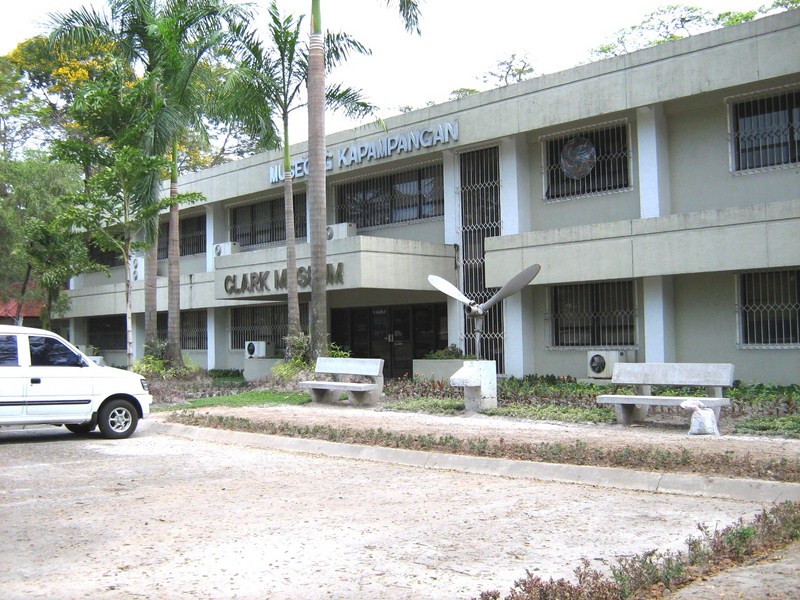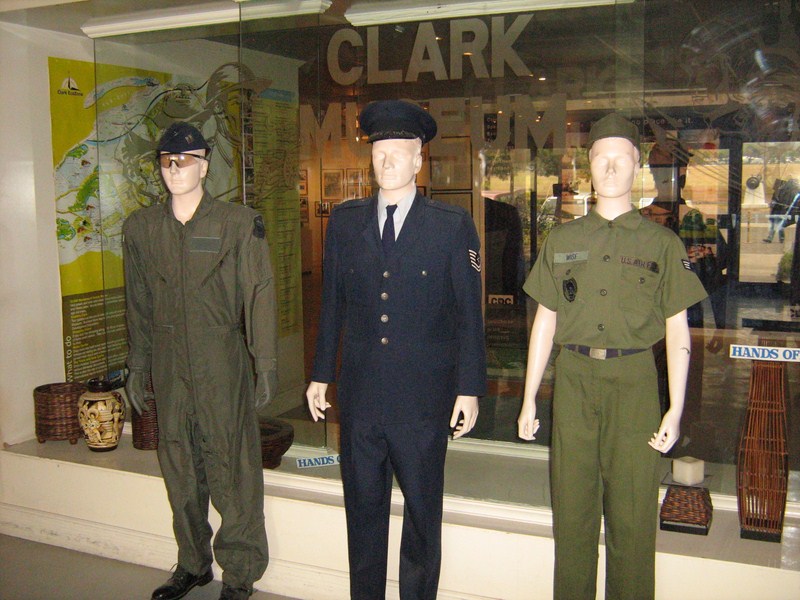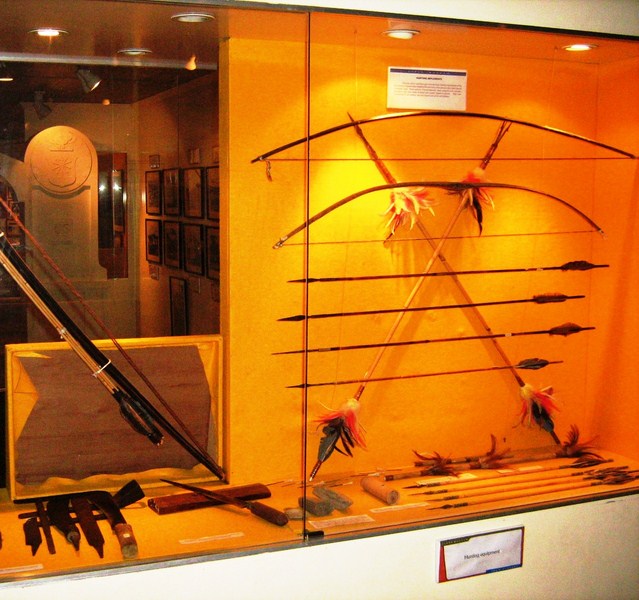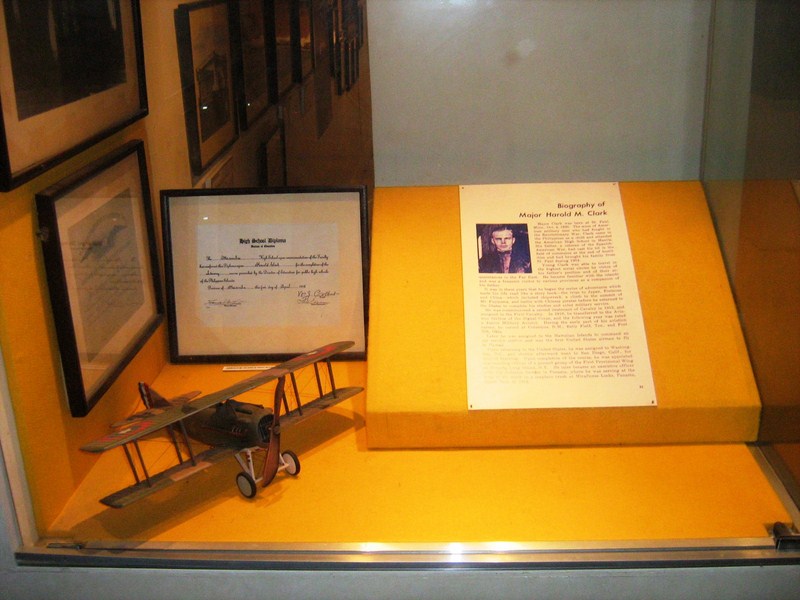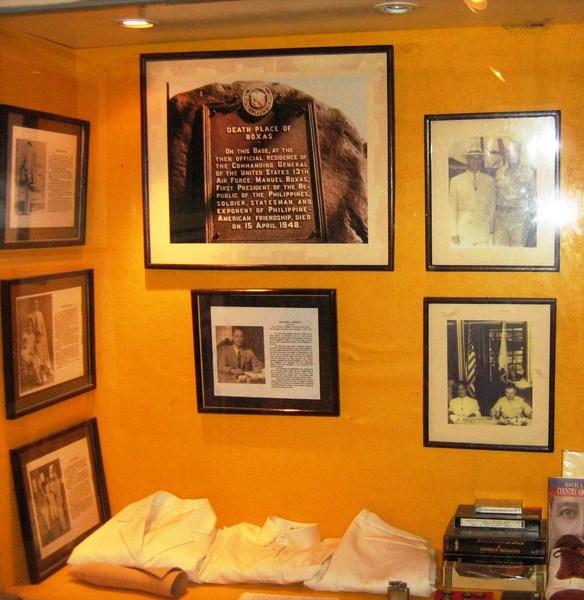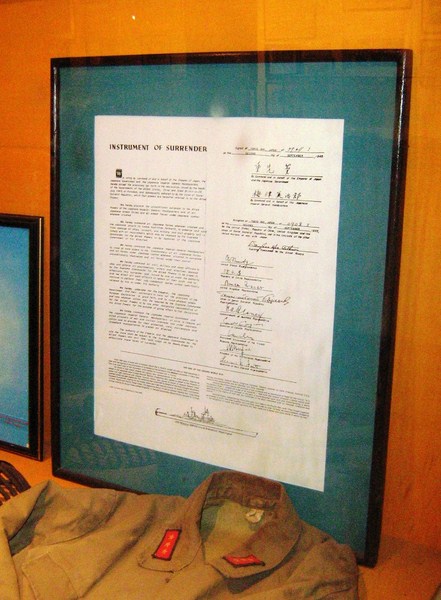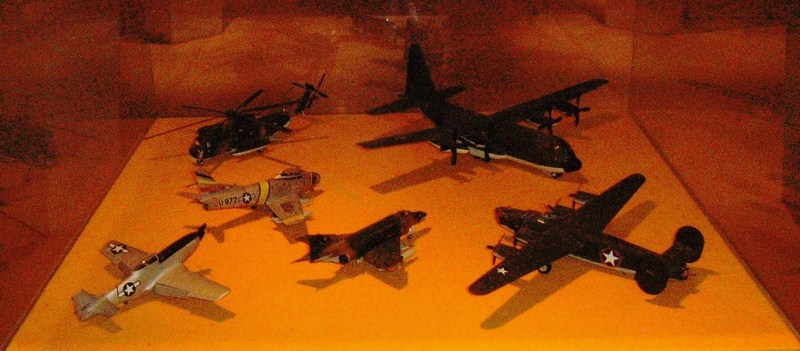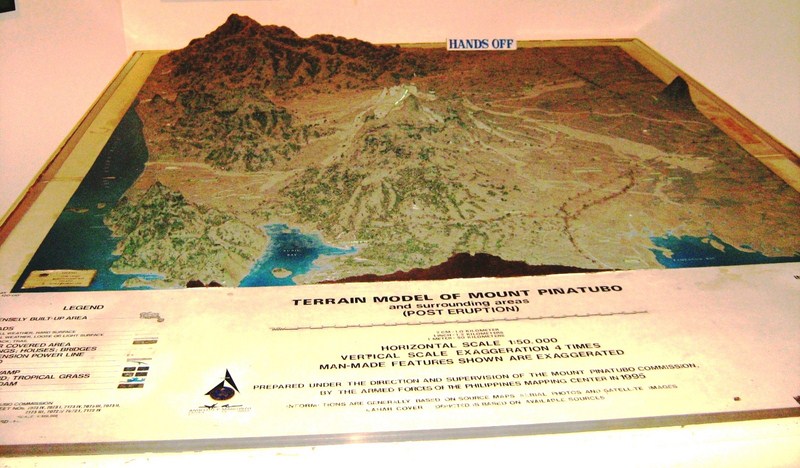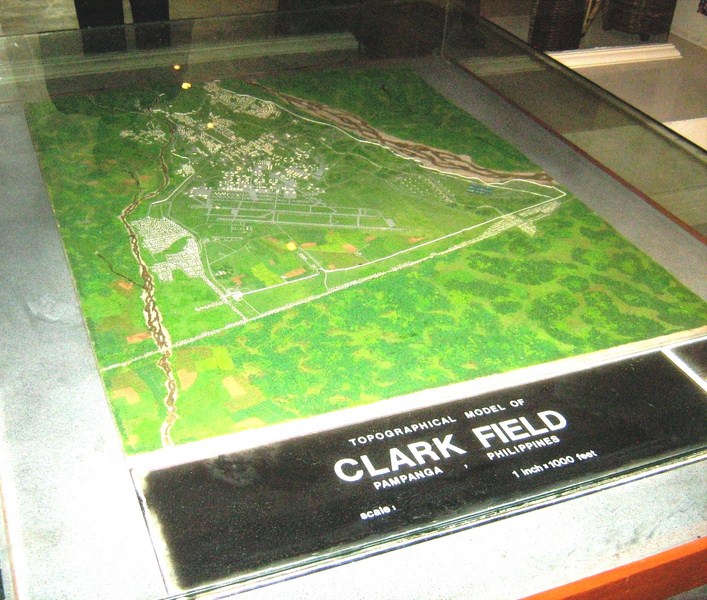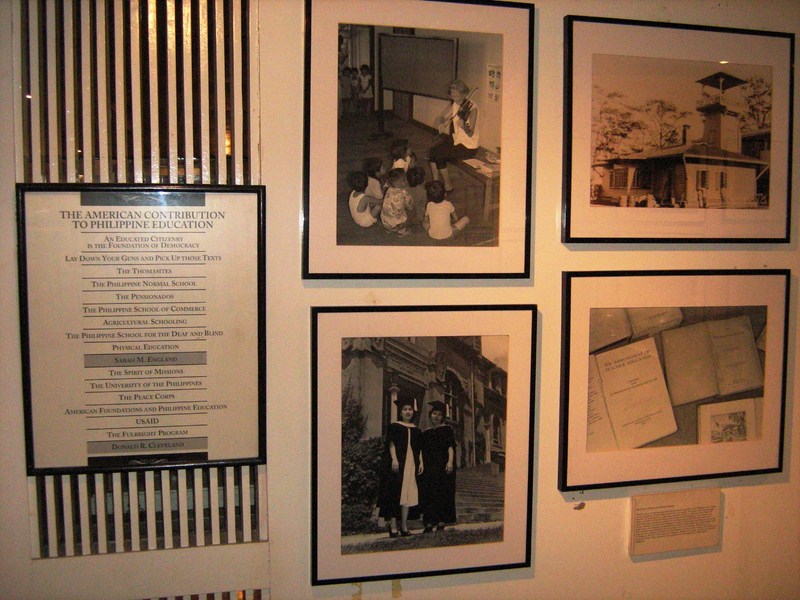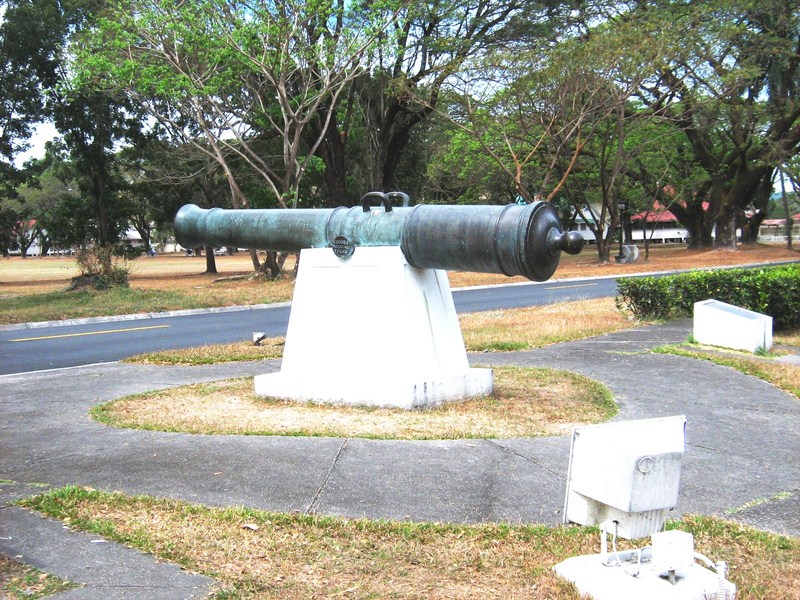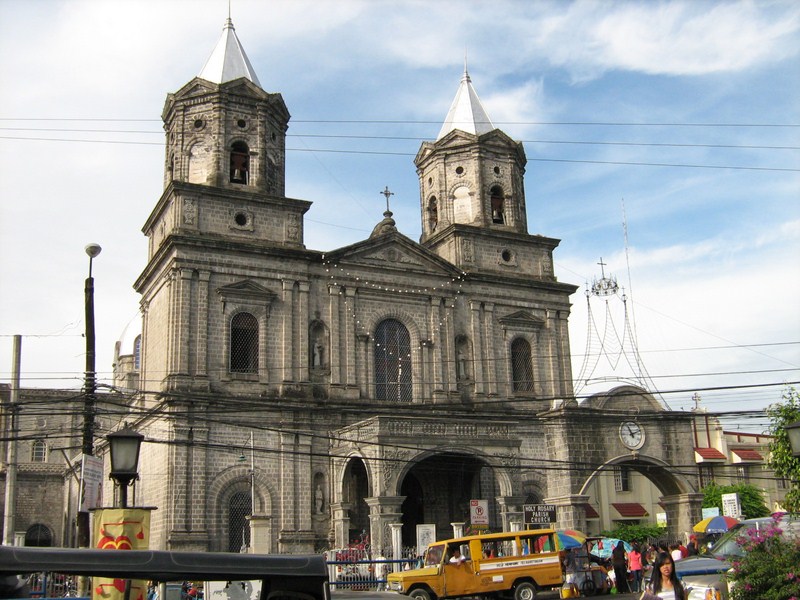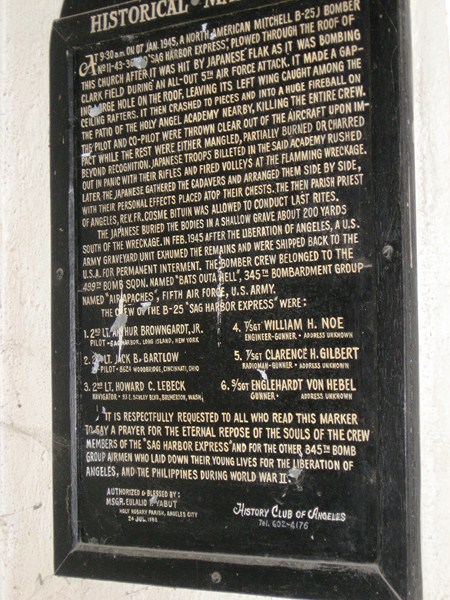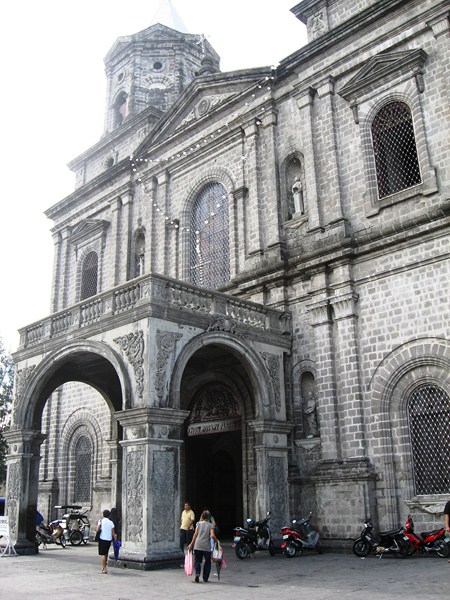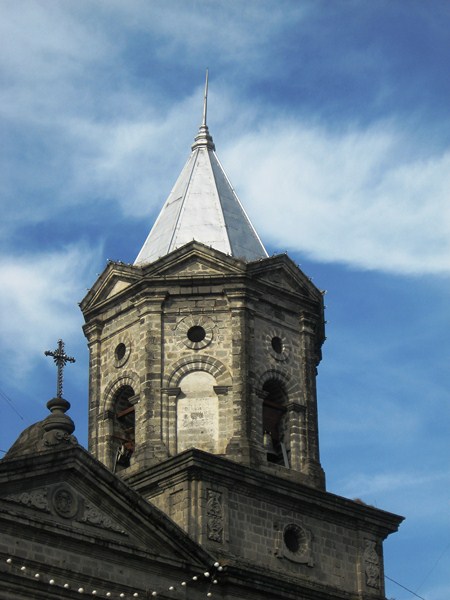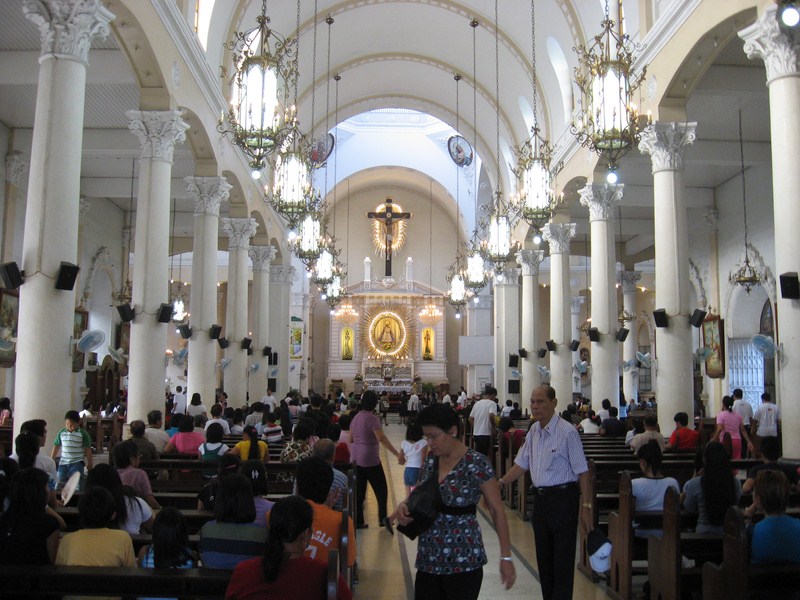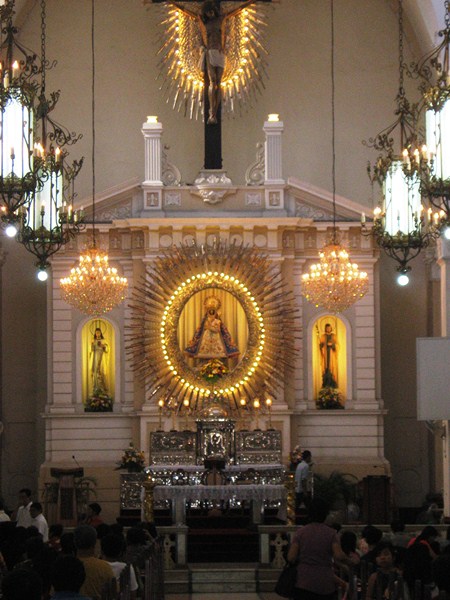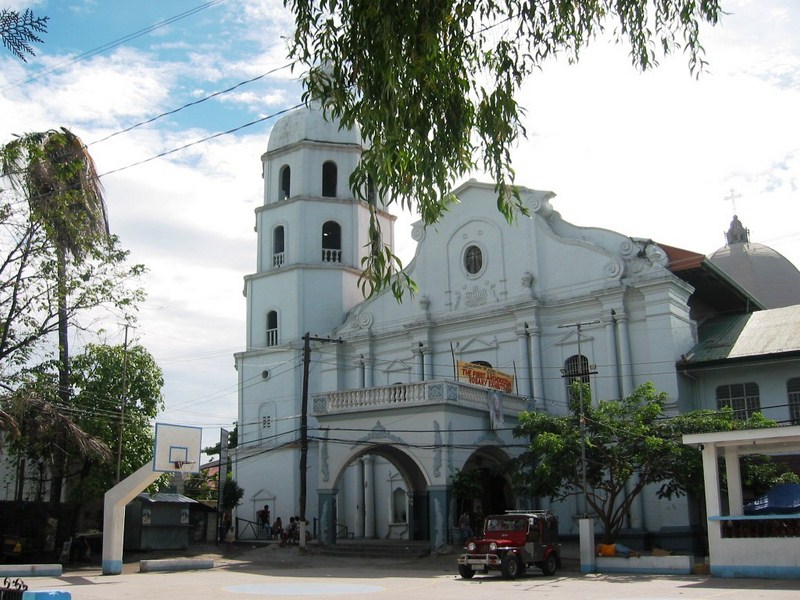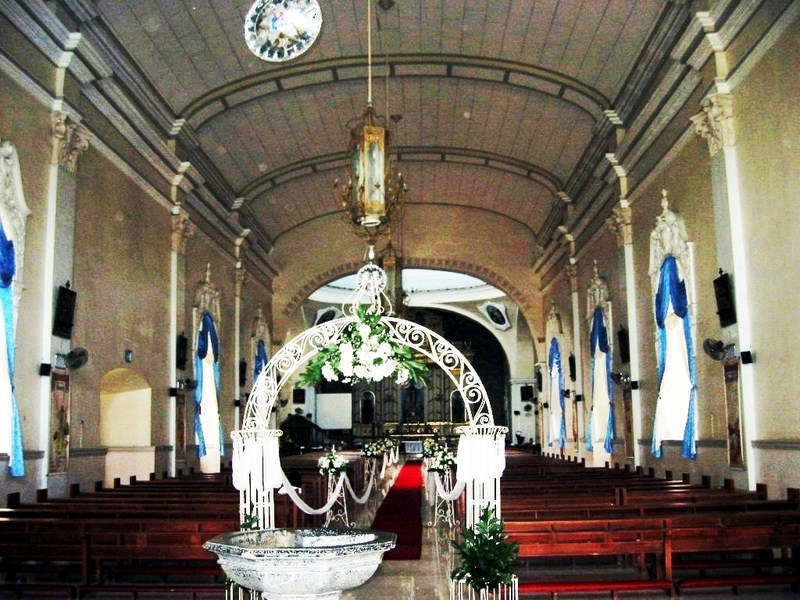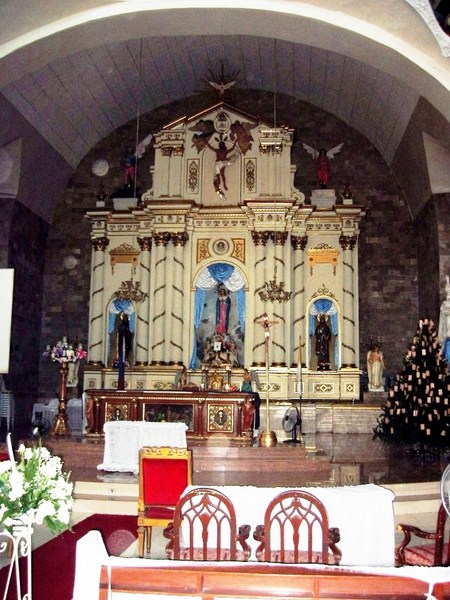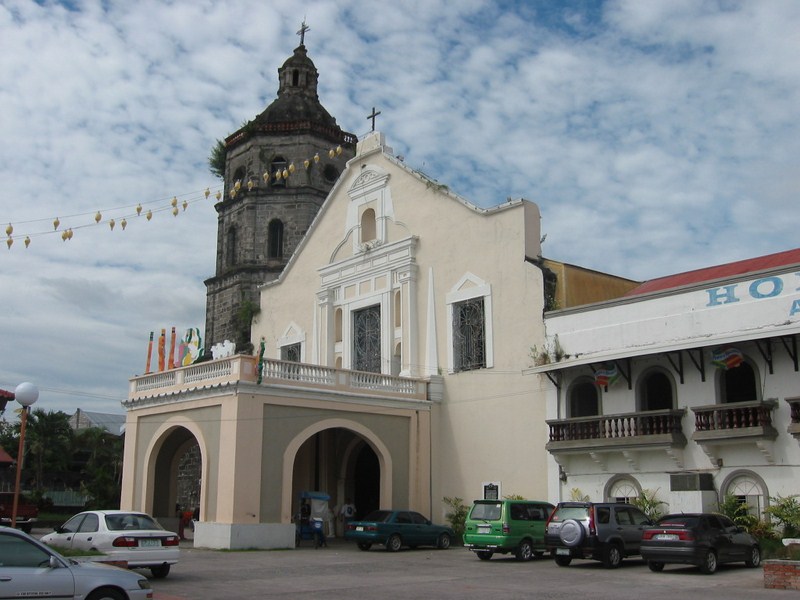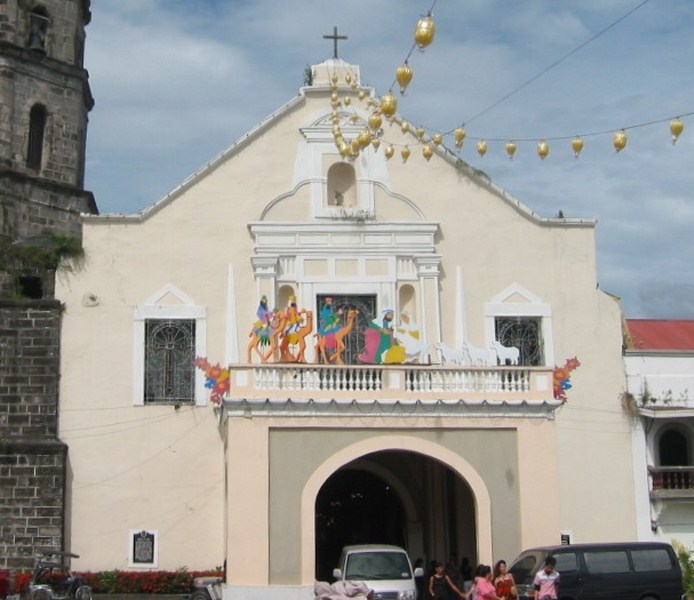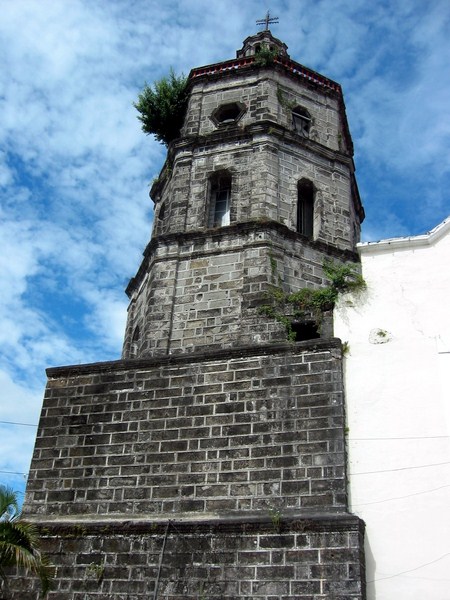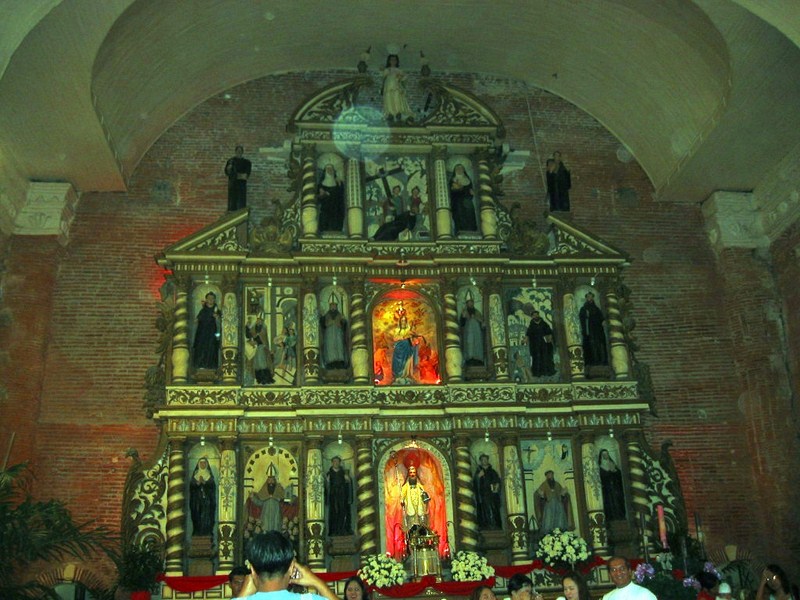 |
| Angeles City |
After the culmination of Clark’s Hot Air Balloon Festival, Jandy and I drove on to Angeles City for a walking tour of the City of Angels. Many know Angeles City only as a rest and recreation area frequently visited by the U.S. servicemen from nearby Clark Air Base. Even with the base’s closure, Angeles is still home to a large colony of expatriates as many Americans chose to permanently settle in city, particularly in the Balibago District. They were just about everywhere I looked in the city. However, not many people know that, on March 17, 1899, Angeles was briefly made the capital of the First Philippine Republic by Gen. Emilio Aguinaldo. In fact, the first and only anniversary of the Declaration of Philippine Independence (June 12, 1899) was celebrated here. Upon its capture by the Americans on November 5, it was made the headquarters of Maj.-Gen. Arthur MacArthur (father of Douglas). Angeles, once just a jungle clearing and a northernmost barrio of San Fernando called Kuliat (after an indigenous vine that grew abundantly in the area), soon grew rapidly around the former Clark Air Base and was made into a chartered city on June 22, 1963 by virtue of Republic Act No. 3700.
 |
| Holy Rosary Cathedral |
Many relics of the city’s Spanish and American era past still exist, all within the Sto. Rosario Historic District and all within walking distance from each other. My walking tour started at the Holy Rosary Cathedral (where I parked my car), along Sto. Entierro corner Sto. Rosario St.
Check out Cathedral of the Holy Rosary
The Holy Family Bldg., the former convent, was used by the U.S. Army from August 1899 to December 1900 as a military hospital and by the Japanese Army as a troop barracks, officers’ quarters and arsenal in early 1942.
 |
| Angeles Physical Therapy Rehabilitation Center |
Adjacent to the cathedral is the 2-storey Museo Ning Angeles, the former City Hall built in 1922. This museum, opened on December 8, 1999, now showcases Kapampangan lifestyle and culture.
Check out Museo Ning Angeles
The Angeles Physical Therapy Rehabilitation Center, now a center for polio and stroke patients, was first built in 1899 as the deposito for religious statues and carriages used in religious processions. From 1899 to 1901, it was utilized by the U.S. Army as a jail for recalcitrant U.S. troops and, from 1946 to 1947, as headquarters of U.S. Army 11th Film Exchange. From February 6, 1967 to 1986, it was the City Post Office.
 |
| Bale Matua |
The oldest building in the city is Bale Matua, also known as the Founder’s House. It was built in 1824 by Don Angel Pantaleon de Miranda, the former gobernadorcillo of San Fernando, and his wife Doña Rosalia de Jesus. Together, they founded Angeles in 1796. On December 8, 1829, the barrio was separated from San Fernando and was renamed Angeles in honor of Don Angel and the town’s patron saints, the Holy Guardian Angels (Los Santos Angeles de los Custodios). To build Bale Matua, Angel used materials salvaged from their older house built around 1811. The house was later inherited by their only daughter, Doña Juana de Miranda de Henson. It has high stone walls and an ornate gate and was declared as a Historical Site by the National Historical Institute.
 |
| Nepomuceno Ancestral House |
The Nepomuceno Ancestral House, along Sto. Rosario St., was the home of Don Ciriaco de Miranda, the first gobernadorcillo of Angeles. Built in 1840, it was inherited in 1868 by Don Ciriaco’s niece, Doña Agustina Henson de Nepomuceno. A restored grain storehouse (kamalig), along Sto. Rosario St., between these two old houses, was also built in 1840 by Don Ciriaco. In 1980, it was restored by Armando L. Nepomuceno and is now home to Armando’s Pizza and the Camalig Restaurant. Bale Herencia, at the corner of Lakandula and Sto. Rosario Sts., was built in 1860 by carpenters from Vigan (Ilocos Sur). Said to have been built for the mistress of a parish priest, the current owners now use it as a banquet hall.
 |
| Bale Herencia |

